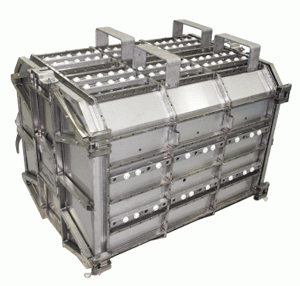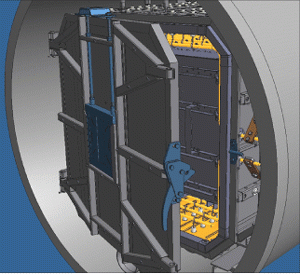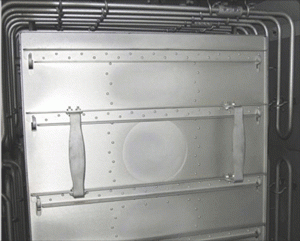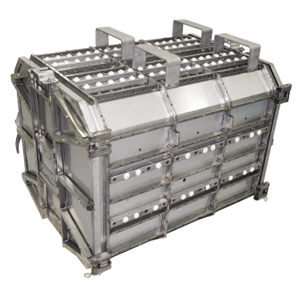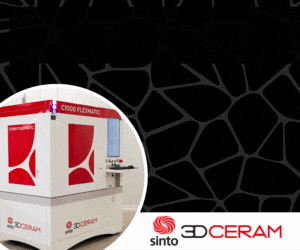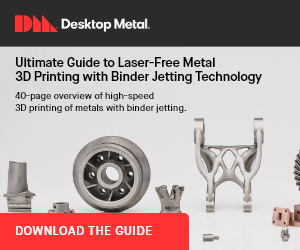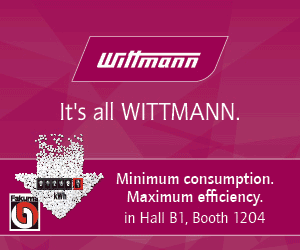Plansee simplifies MIM hot zone door operation
May 14, 2013
The molybdenum hot zone is the heart of every MIM furnace and with proper design, combined with efficient heating elements, such hot zones guarantee a very clean environment and ensure that high temperatures are achieved while shield packs minimise heat loss. Well-designed hot zones, state Austria’s Plansee SE, have a long service life, offer short heating and cooling cycles and distribute heat evenly.
The company is continuously improving the energy efficiency and performance of its hot zones for high-temperature furnaces, which are manufactured with its creep-resistant molybdenum alloys and lightweight construction methods.
Plansee now reports that it has done extensive work with the design of its MIM hot zone doors, which are opened and closed several times between cycles. With other designs, states the company, two hands are necessary to open the door to the hot zone and prior to opening the door it is necessary to disengage the actuating mechanism for the shutter assembly that enables rapid cooling. Multi-step processes like these can increase the possibility of operator error but are unavoidable with many of the current designs.
With its new design, Plansee states that it is no longer necessary to disengage and reengage the door fastenings when opening and closing the doors. When the door is closed, the fastening mechanism automatically engages thanks to the counterweighted handle and ensures a tight seal.
The new hot zones also benefit from preinstalled shutters. Typically, the fastening assembly for the cooling shutter mechanism is supplied separately and has to be installed on-site. The shutters and related guide rods are now preinstalled to enable a simpler installation, with the new shutters also further reducing heat loss.
Plansee also states that it has a new design for the door of the retort which reduces thermal deformation, the main reason why such doors can be difficult to open. Reinforcing structural angles on both the inside and outside of the retort door have increased resistance to warping. The door is manually affixed to the retort and held in place with a series of hooks located on both sides of the retort. These specially designed counterweighted hooks employ the use of the door’s own weight to provide a tight seal against the retort opening, ensuring atmosphere integrity.
News | PDF Store | Magazine Subscriptions | What is PIM? | e-newsletter




